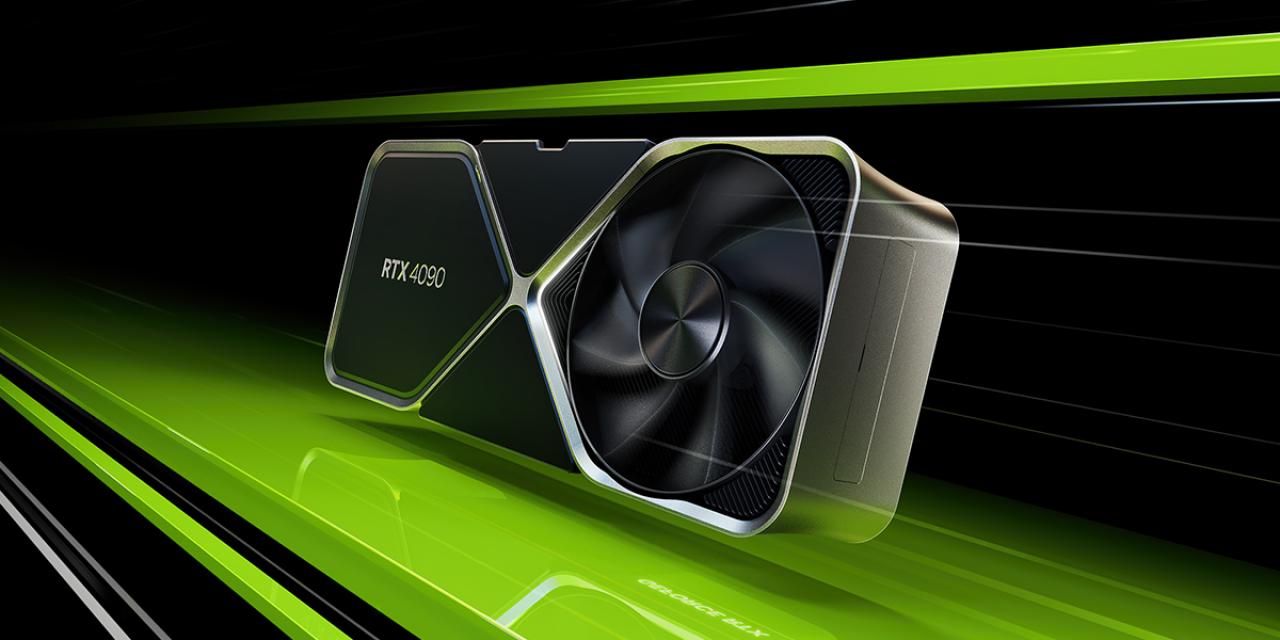
The Nvidia GeForce RTX 4090 is continuing to do some outlandishly amazing things in the hands of overclockers. Only a few months ago, an overclocker was able to get the RTX 4090 up to 3,825 MHZ. Well, that’s now been smashed out of the park, thanks to an overclocker who has managed to get Nvidia’s new top card to hit an astounding 4,005 MHz.
As you might expect, this wasn’t achieved through normal means. Well known overclocker Allen 'Splave' Golibersuch achieved the deed, and he did it with an Asus ROG Matrix GeForce RTX 4090. If you’re interested in trying to replicate the feat, though, be aware you will need a ready supply of liquid nitrogen on hand to push your GPU to its limits. This was also Splave’s second attempt to get the GPU to this point, as a previous push saw the card hit 3,945 MHz — which is still a pretty monstrous number to hit, and was a world record at the time. Splave was apparently not happy with that record-breaking result and decided to go at it again, resulting in this monumental achievement.
What made the difference this time? Essentially, adding more gubbins. Splave removed the all-in-one liquid cooling system he’d originally been using, and added in a Kingpin Cooling TEK-9 Icon Extreme GPU pot along with three ElmorLabs HOT300 heater controllers. Add some BIOS tweaks and overclocking software and apparently you’ve got a world record-breaking setup.
The record itself was set using the GPUPi software. Specifically, it passed the the GPUPi 32B 3.3 test hitting 4,005 MHz, and the the GPUPi 1B 3.3 test at 4,020 MHz. GPUPi isn’t a piece of graphical software, instead it’s used to calculate Pi’s digits to 32 billion and two 1 billion decimal places, which is something that’s a fairly strenuous piece of calculation, pushing the GPU to incredible heights. So if you’re looking to impress your next date by reciting Pi to a couple billion numbers, you know the setup to get it.
Managing to breach the 4 GHz ceiling for the first time isn’t something that was expected of Nvidia’s current generation of graphics cards, but it is something we expect to see replicated now it’s been done for the first time.








